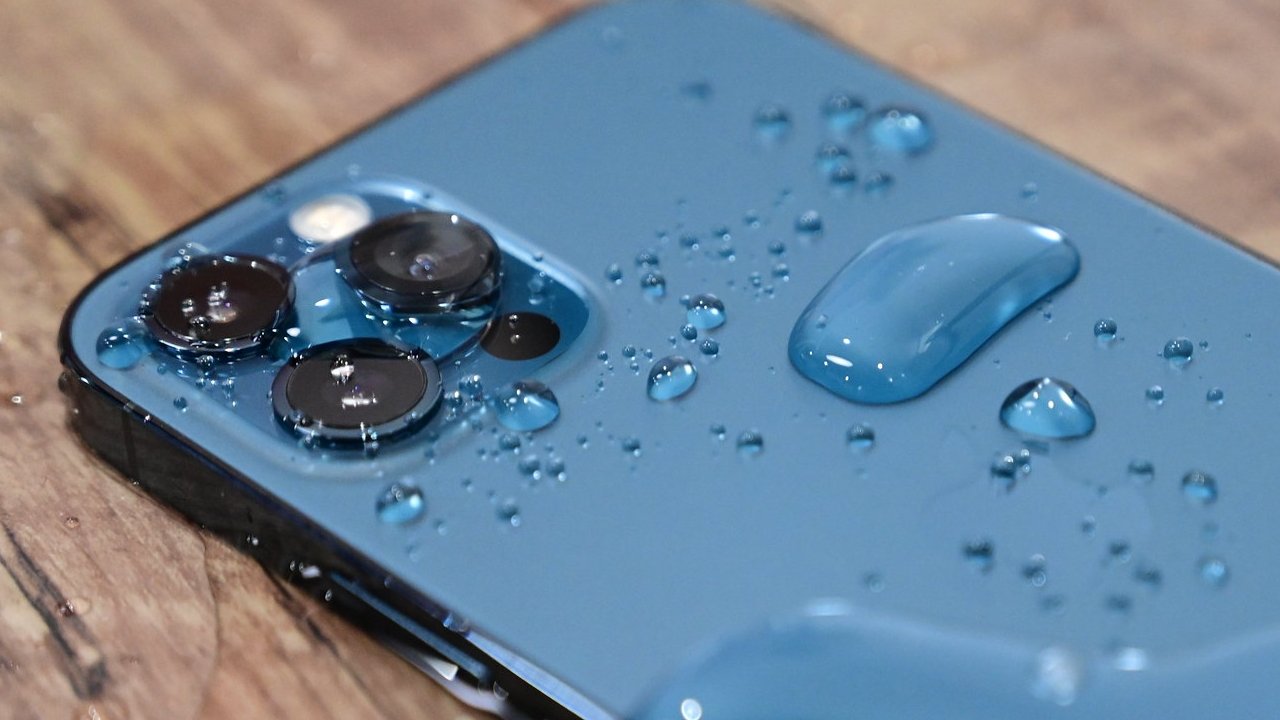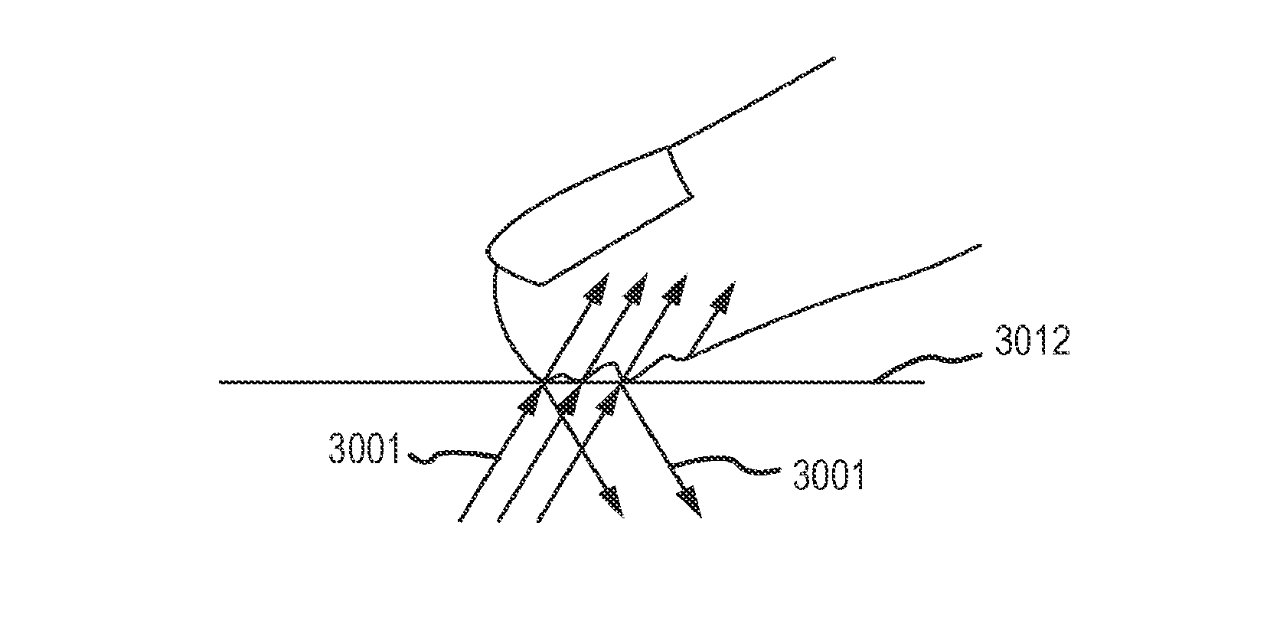Apple wants to make iPhone and iPad screens better able to recognize touch and gestures even in damp or humid conditions.
Maybe Apple's increasing the water resistance of iPhones makes you more willing to use one in the rain. But if you have, you've also learned that it's more difficult to use one when your fingers are wet.
Touch ID was particularly prone to failing when you were cooking, or had just washed your hands, for instance. Now a newly-granted patent shows that Apple is looking at ways to compensate for moist fingertips and allow screens to react the way you want them to.
"Fingerprint-assisted force estimation," is concerned with how to use pressure to distinguish between accidental and deliberate touches on capacitive screens when wet.
"Typically, capacitive-sensing touch screens do not measure the force applied to the screen or coverglass but instead measure the presence or absence of a touch, as well as the contact size of a touch," says the patent.
"[The] force of touch or a change in the force of touch may be interpreted as an additional input beyond simple touch, multi-touch, contact and/or proximity inputs," it continues.
Usually force is thought of as in the amount of pressure put on a screen, or the "more energy transfer out of the [screen] indicates more contact and, therefore, indicates more force being applied." This patent proposes that certain other measurements could be counted as force instead.
"[Fingerprint] contact with the touch surface is used to determine the amount of force applied," says the patent. "That is, how well the fingerprint is wetted to the touch surface is interpreted as an applied force."
So if the screen can detect just how damp a person's finger is, it can recalibrate itself to better determine when a touch is a deliberate press or not. It could work on the basis that a damp finger pressed against the screen spreads out slightly more than a dry one does.
"For example, in humid conditions, ridges and valleys of fingerprints may be more malleable and may provide better contact whereas dry conditions may lead to the opposite results," it says. Although it also notes that regardless of environmental conditions, "certain users may have sweaty, moist or wet hands that may provide better wetting while others may have dry hands."
The patent describes having a calibration device "aimed at determining a current state of a user's fingerprint." Its description refers to a "home button," but could be another input on the touch screen.
"The button or input may be configured with a mechanical actuator that actuates at a known level of applied force," continues the patent. "That is, the amount of sensed touch at the moment of actuation may have a known force which may serve to calibrate the fingerprint assisted force estimation."
Most of the rest of the patent examines different types of devices for which this may be of use, and specifics of how procedures would then vary. Overall, though, the aim is to figure out the degree of dampness on a user's finger.
Then it's all about extrapolating from that dampness reading and the size of the person's fingerprint on the device, exactly when to react as if touched or tapped.
The patent is credited to two inventors, Duncan Kerr, and Steven P. Hotelling. The latter's previous related work includes a patent regarding biometric authentication techniques.
This new patent is not the first time Apple has attempted to make touch screens more usable in damp conditions. Apple has previously applied for, and subsequently been granted, a pair patents to do with "finger tracking in wet environment."
 William Gallagher
William Gallagher








-m.jpg)






 Charles Martin
Charles Martin

 Malcolm Owen
Malcolm Owen


 Christine McKee
Christine McKee
 Wesley Hilliard
Wesley Hilliard








4 Comments
Yes. This. It's definitely needed. Trying to use your phone in anything other than totally dry conditions is infuriating.
How about dry fingers? ... or are thses devices designed for younger than 50 years old who do not sweat that much?
Samsung will crap out a rushed copy of this patent and iKnockoff morons will claim “Apple copied lol” when Apple releases their finished working version.
History repeating.
I usually have to lick my fingers to get the screen to respond correctly. I have to wash my hands a lot, which dries them out.
Really annoying when trying to answer a call and the phone ignores your attempts.